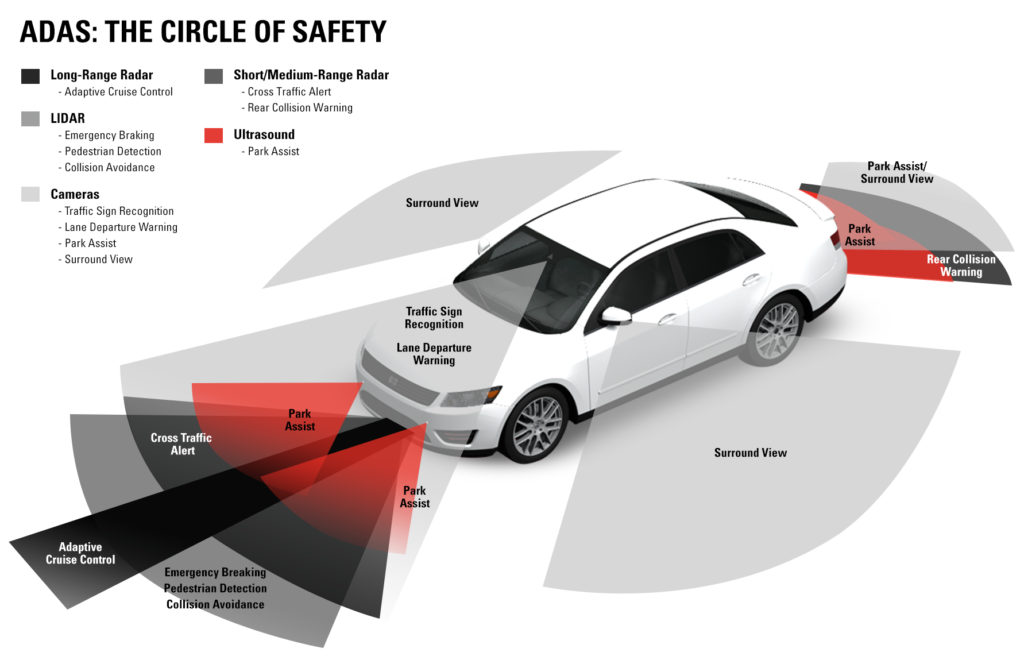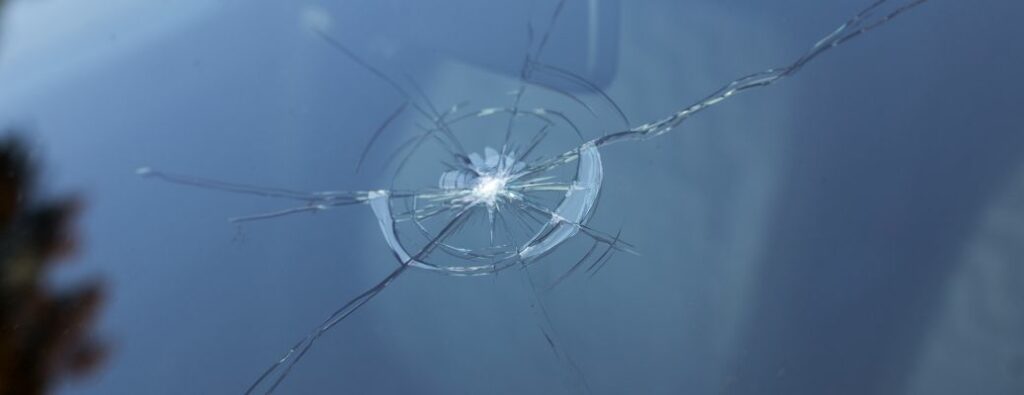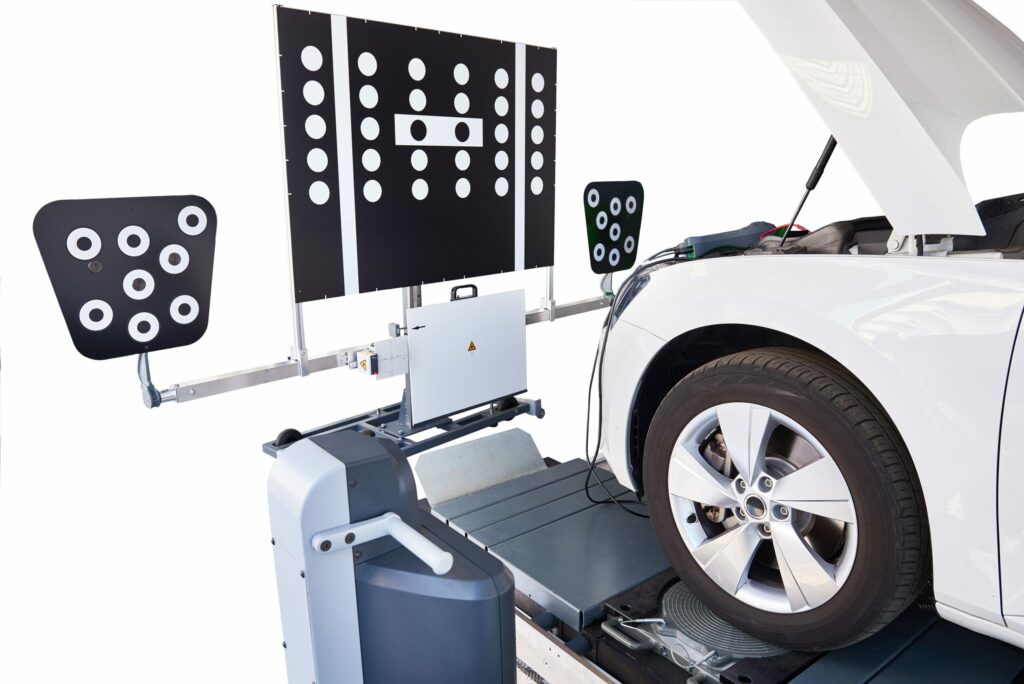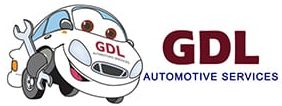Ever wondered why it was so expensive to replace the windshield on your new car? While the windshield of your car might seem like just another piece of glass, it conceals a world of advanced technology that plays a crucial role in your safety on the road. In the era of cutting-edge driver assistance programs, your car’s front window has become a hub of intelligence. Enter ADAS, or Advanced Driver Assistance Systems, the unsung hero preventing many crashes.

What is ADAS? ADAS, an acronym for Advanced Driver Assistance Systems, encompasses a suite of driver assistance technologies that keep you informed and safe while driving. From collision warnings to lane departure alerts, these features rely on sophisticated cameras and sensors integrated into your vehicle.
Major Branded ADAS Technologies:
- Subaru EyeSight
- Honda Sensing
- Toyota Safety Sense
- Ford Co-Pilot 360
- Kia DRIVEWiSE
These systems, regardless of the brand, form a critical part of your car’s safety apparatus. However, for them to function seamlessly, your windshield must be precisely calibrated and aligned with the multitude of sensors and cameras in your vehicle.

ADAS and Windshields: A Symbiotic Relationship Your windshield’s role extends beyond merely shielding you from the elements. It needs to be perfectly situated concerning the cameras and sensors mounted in your car. Certain areas of the glass are tinted or untinted strategically to allow the technology to “see” the road and potential obstacles.
Why Windshield Calibration Matters: In the realm of ADAS, your windshield requires periodic recalibration to maintain accurate communication with your car’s safety systems. Proper alignment ensures that alerts are timely and reliable. Imagine the consequences of emergency braking triggered at the wrong moment due to a miscalibrated windshield.
These calibration discrepancies can lead to critical safety issues, emphasizing the pivotal role of accurate windshield alignment in ensuring the well-being of both you and your passengers.
When Does Windshield Calibration Become Essential? Several situations necessitate windshield recalibration:
- After a windshield replacement
- Following wheel realignment
- Change in the car’s suspension
- If the camera becomes disconnected or reconnected
- Dashboard alerts indicating an error

In these instances, prompt recalibration is crucial to maintaining the integrity of your ADAS technology.
Understanding the Calibration Process: Calibrating your windshield involves two primary methods, depending on the manufacturer’s requirements:
- Static Recalibration: A stationary target is affixed ahead of the car throughout the recalibration process.
- Dynamic Recalibration: The camera and sensor systems go through a range of movement during a driving test on closed roads, mimicking real-world scenarios.

The duration of these tests varies based on your vehicle’s make and model, typically taking one to two hours. While the technical aspects are intricate, finding an experienced technician ensures a seamless recalibration process.
In a world where ADAS technologies are estimated to prevent a substantial percentage of accidents, recalibrating your windshield emerges as a vital step in keeping yourself, your passengers, and others on the road safe. So, the next time you’re behind the wheel, appreciate the intelligent collaboration between your windshield and ADAS, silently working to enhance your driving experience and safety.

